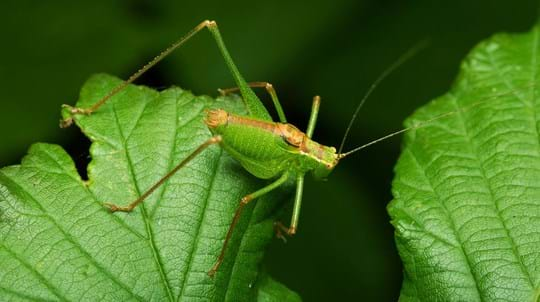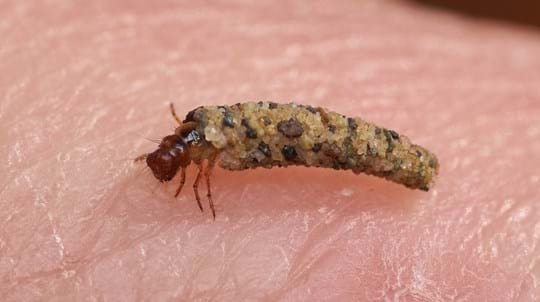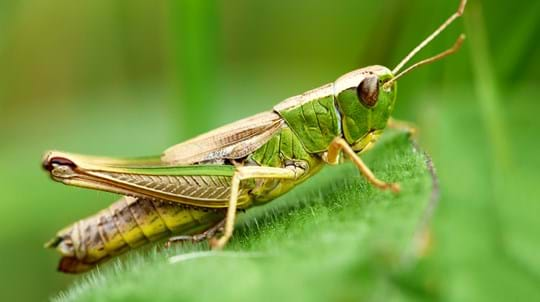
Credit: blickwinkel / Alamy Stock Photo
How do mayflies breed?
Between May and August, males gather in large swarms and perform an elegant rising and falling dance in an effort to attract a mate. Females will then fly into the swarm, where they’ll choose their partner and mate on the wing.
After mating, the females dip their abdomens into the water and lay their eggs, which fall to the riverbed. They hatch into nymphs, which spend the best part of two years in their larval form before emerging as adults and restarting the cycle.






